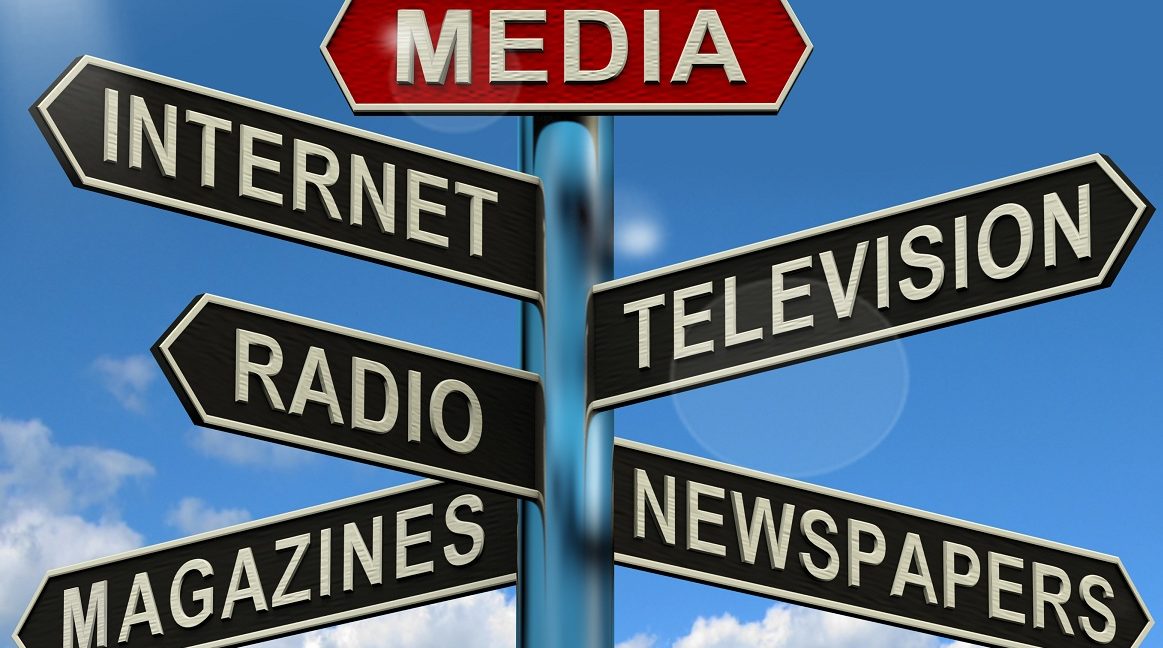
Role of the Media in the Inflation Expectation Formation Process
How are inflation expectations formed? Opening the black box
Anchoring inflation expectations is a key challenge for central banks, especially in developing countries. The process of inflation expectations formation matters for understanding macroeconomic dynamics and optimal policy design. This may, among other things, be important for the central bank’s communication policy and help to articulate clear and effective messages, as well as to design optimal monetary policy.
There is a strong positive correlation between the evolution of Ukrainian economic agents’ expectations of inflation and exchange rates (Coibion and Gorodnichenko, 2015). At the same time, it can be assumed that respondents are also influenced by uncertainties regarding tax, tariffs, spending, monetary and regulatory policy. These effects, however, are hard to detect because uncertainty is unobservable. One of the most popular approaches to solve this problem is a news-based method. Typically, people obtain their views about the future path of the economy from the news media, directly or indirectly. So, news-based methods can be used to investigate the impact of the media environment on the formation of respondents’ expectations.
How to measure impact of news?
Measuring the impact of news and constructing relevant indexes requires novel sources of information and processing methods, as well as significant computational resources. Some researchers are replacing these indexes with alternative indicators which could be related to news measures. For example, Bauer (2015) used macroeconomic data surprises as an economic news measure. He investigated that several different survey measures of inflation expectations respond significantly to macroeconomic surprises. Larsen et al. (2020) used a more sophisticated approach. They applied machine learning algorithms to a large news corpus and examined the role of the media in the expectation formation process of households. It turned out that the news topics in the media are a good predictor of both inflation and inflation expectations. Goloshchapova and Andreev (2017) proposed to use mining information from text available online with the machine learning techniques to measure inflation expectations. Angelico et al. (2021) used a similar approach to build real-time measures of consumers’ inflation expectations from tweets.
Constructing news indices from Ukrainian data
The role of news in the formation of inflation expectations in Ukraine was examined using textual data for different types of respondents. The news corpus was scraped from four Ukrainian online newspapers listed in the most popular online media in Ukraine, which have mainly economic orientation. This textual data was cleaned and transformed into news-based quantitative measures using natural language processing and machine learning techniques. Two different approaches were used to filter out the news: a dictionary-based approach and Latent Dirichlet Allocation (LDA). However, both of them do not consider the sentiments of news content. All news indices were computed as a “document frequency” following the intuition that the more alarming the topic – the more articles would be written on the subject. As a result, news-based indicators are aimed to reflect news topics relevant to inflation and inflation expectations.
Calculating the influence of news
Assuming that the impact of the constructed news indices on inflation expectations is linear, the effect can be estimated with the OLS regression. As such, I found some evidence that the different news topics have an impact on inflation expectations. For example, there is a strong relationship between inflation expectations of households and financial analysts with news about utilities, while businesses are sensitive to the news about food. Additionally, financial analysts and households are also been sensitive to levels and changes in the frequency of exchange rate news, constructed by LDA.
The hypothesis that shorter-term trends in the media environment may better explain the process of formation of inflation expectations of different respondents was also tested. This may be explained by the fact that document frequency may vary during the month and the impact of the short-term news may fade away. For some groups of respondents there is a clear relationship of expectations and news indices within the periods when the surveys are conducted. Thus, the recent news is mostly more important in shaping inflation expectations than older ones.
Conclusions
The research shows that the formation of inflation expectations of different groups of respondents may depend on the media environment, both in terms of the volume of published articles and in terms of changes in this indicator. Different groups of respondents rely on different topics and different periods when assessing future inflation. Sometimes events contradict economic logic, which could be a question for future research. In particular, an important issue is the impact of news indices in different periods (during stable, accelerating inflation, or disinflation). Other research questions may include the assessment of the tone of news, their relationship with other macroeconomic indicators, as well as the predictive power of such indices.
References
Angelico, C., Marcucci, J., Miccoli, M. and Quarta, F., (2021), Can we measure inflation expectations using Twitter?, No 1318, Temi di discussione (Economic working papers), Bank of Italy, Economic Research and International Relations Area, https://EconPapers.repec.org/RePEc:bdi:wptemi:td_1318_21.
Bauer Michael D., 2015. “Inflation Expectations and the News,” International Journal of Central Banking, International Journal of Central Banking, vol. 11(2), pages 1-40, March.
Coibion, O., Gorodnichenko, Y. (2015b). Inflation Expectations in Ukraine: A Long Path to Anchoring?. Visnyk of the National Bank of Ukraine, 233, 6-23. https://doi.org/10.26531/vnbu2015.233.006
Goloshchapova I., Andreev M. Measuring inflation expectations ofthe Russian population with the help of machine learning. Voprosy Ekonomiki. 2017;(6):71-93. (In Russ.) https://doi.org/10.32609/0042-8736-2017-6-71-93
Larsen V.H., Thorsrud L.A. and Zhulanova J., News-driven inflation expectations and information rigidities, Journal of Monetary Economics, 2020, https://doi.org/10.1016/j.jmoneco.2020.03.004